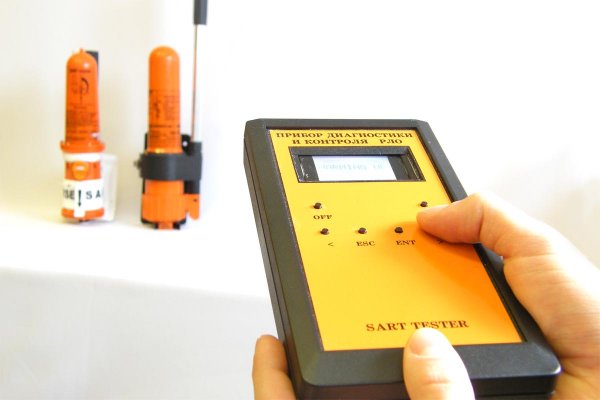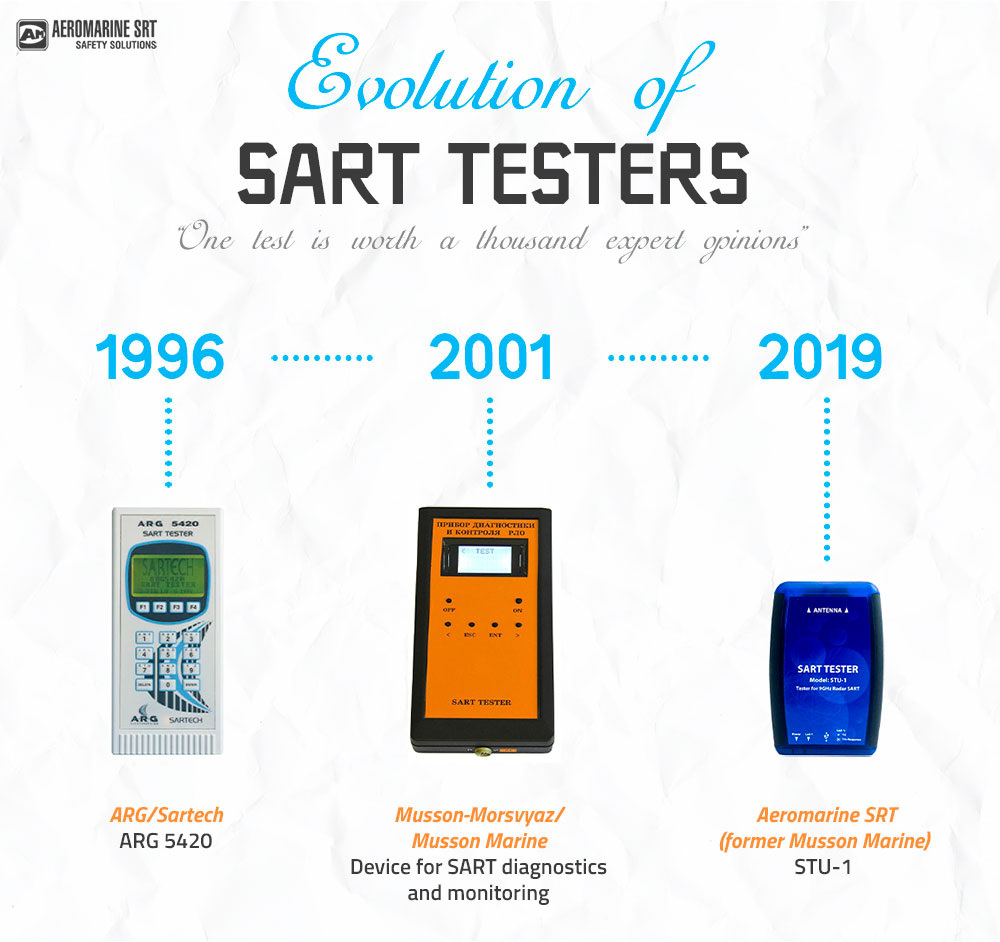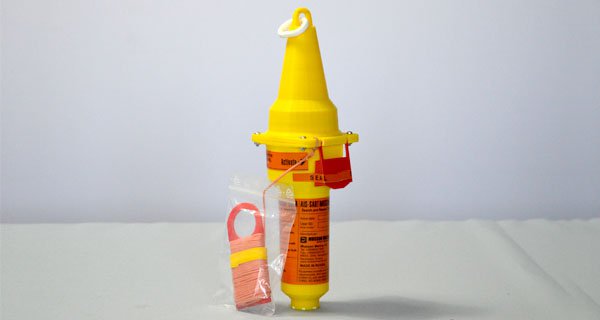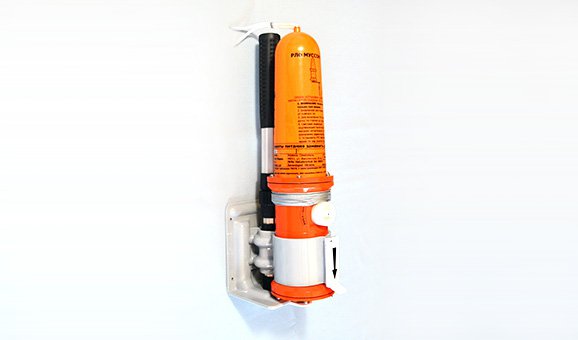Servicing and Testing of Search and Rescue Radar Transponder (SART)
The Search and Rescue Radar Transponder as a part of GMDSS is a subject to annual test during radio survey.
The purpose of an annual testing is to determine that SART is operational as defined in appropriate performance standards for Survival Craft Radar Transponders for use in Search and Rescue Operations, IMO Resolution A.802 (19).
Also Marine Orders require that a radar transponder must be inspected, tested and have its batteries replaced at intervals specified by its manufacturer.

Aboard ship, each SART shall be examined at least once a month to check how secure it is its mounting and for signs of damage.
It is not necessary to test the SART aboard ship routinely.
Preliminary SART survey
- Check for SART presence. One SART required for ships of between 300 and 500 gross tons. Two required for ships 500 gross tons or greater.
- SART should be certified for GMDSS (must have a label so stating)
- SART should have self-test capability
SART Test procedure during annual survey
- Check for satisfactory functional test using on board 9 GHz radar, if possible.
- Check for satisfactory stowage
- Check for operating instructions
- Check for sufficient battery capacity for stand-by condition and to provide transmissions. SARTs should be equipped with a battery, with a capacity of working 96 hours in Standby Mode and 8 hours in continuous Transpond Mode.
- Check for clear markings with ship's call sign.
- Check battery expiration date
- Check for compliance with IMO standards - IMO Resolution A.802 (19). Special equipment is required, SART Tester, to measure frequencies, output power, signal duration and frequency sweep number.
SART Test with RADAR Procedure
- Switch SART to test mode
- Hold SART View of Radar antenna
- Check the visual indicator of the SART operates
- Check the audible beeper of the SART operates
- Check the radar display for concentric circles should be displayed
Monthly SART Testing
The SART is a safety device; it must be regularly checked at least every months as follows:
- Visually inspect the casing for cracks & punctures.
- Extend the pole and check that it operates correctly, and then return the pole to its housing.
- Check to ensure the tether lanyard is neatly bundled and firmly secured to the SART. Ensure the lanyard is NOT tied to any part of the vessel
- Check that the battery expiry label shows sufficient battery life to cover the next routine voyage.
- Ensure the safety lock is in place and the integrity seal is not broken.
It is recommended not performing any ‘self-test’ whilst at sea, and if in port, the port authority should be advised prior to activation. Some SART’s “self-test” is in fact a live test, and inspection of the SART’s manufacturer’s manual will clarify this.
Should a SART test be required for some over-riding reason at sea, the ship should check its 3 cm radar to see if any vessels are in the range first.
A safety priority VHF DSC announcement should then be made prior to activating any live activation of the SART whilst at sea.
The SART need only be active for only 2 or 3 sweeps of the radar.
Servicing
If the SART fails any of its bimonthly checks, the SART must be returned to the supplier or an approved service agent for investigation and/or servicing.
If the battery is beyond its expiry date, the SART must be returned to a Battery Replacement Center for a battery change. The battery is NOT user serviceable; DO NOT attempt to change it.
If the SART has been used in an emergency or its integrity seal is broken, then the SART must be returned for a battery change.





Be the first to comment